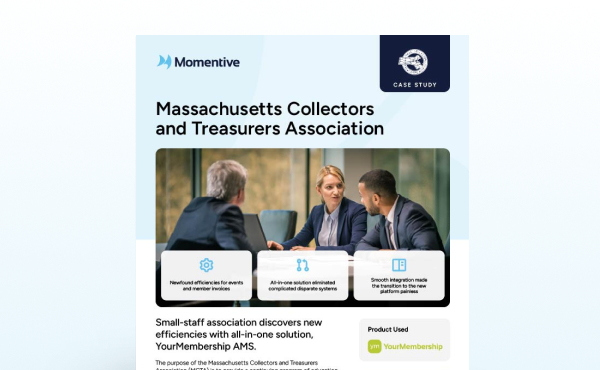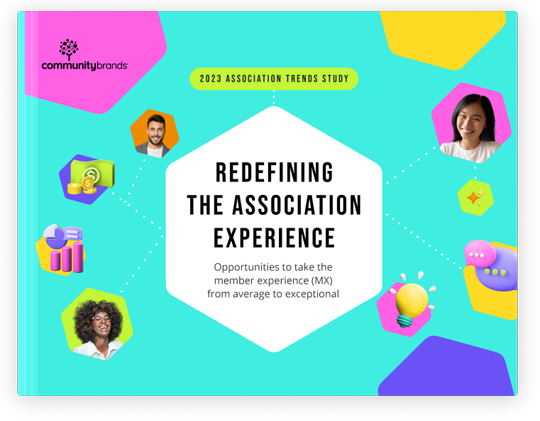Other than making us feel old, the 40th anniversary has also helped surface some of the history of “Star Wars,” and how it all started.
And what we find is that even what we think is possibly the epitome of production quality, technology advancement and entertainment fireworks in a movie like “Star Wars,” it too had humble beginnings. Really, I mean it; here’s the original trailer.
Would you have run to the theaters after seeing the trailer? Not many were excited. Lucas himself feared how the movie would fare. He skipped the premiere and movie executives were skeptical.
Peeling away the nostalgic hype surrounding “Star Wars” created over the years, what we find is the movie, like any innovative concept, started simple and was a product and confluence of many ideas and stages. Not the result of just one man’s brilliance and instantaneous impact.
Ultimately, the initial trailer was enhanced (read: iterated) and highlighted by the now-famous score from John Williams. So, Princess Leia may have said in her famous line: “Save me Obi Wan, you’re my only hope.” But, we can’t pin our hopes on one approach in education development. We must believe in the exploration of new ideas and embrace trial and error, as these are systematic ways of bringing positive change.
Here are some takeaways from “Star Wars” to embolden our approaches from the iconic film’s creation process. If we just follow our process, outstanding results will come out of the effort.
Vision blueprint concepting.
Ralph McQuarrie was commissioned by the movie’s creators to paint the concepts behind “Star Wars.” If you look back at these images, they formed the key themes and feel of the movie. Similarly, we can draft our vision in rough mockups, then build them out. No difference.
Prototyping.
Scale models were famous innovations used to simulate high-tech spaceships without the power of our contemporary special effects. Back then, the special effects were plastic models, not supercomputer graphics. We have it easier: We can cost-effectively prototype our learning concepts with simple PowerPoints and HTML, get buy-in, then gradually take them through a more mature development.
Ingenuity trial and error.
The sound behind the lightsaber was brought to life in a most uncommon, but exciting, way. One night, sound engineer Ben Burt noticed an unusual hum when he was walking around as a microphone passed behind the picture tube of a television. The sound became famous—-all by way of an accident, after multiple attempts at finding the perfect sound.
And, this is key for us. Significant innovations come from a high tolerance for trying new concepts and encountering those accidental discoveries which come through the process of trials.
Piloting.
Testing in a back lot, the movie’s creators tested fighting scenes in multiple cuts. Taking a stab at a small and achievable goal through an MVP (Minimal Viable Product) sets the right expectations and allows you the room to refine the end-product without too many rewrites or wasted costs. Piloting phases the work and lets us build into a concept, not overreach it.
Orchestrating talents: it’s an ensemble, not just one person.
Imagine “Star Wars” without the powerful sound track, wondrous space ships, puppetry of characters like Yoda, and amazing battle scenes and exotic locales. These were the result of collaborative efforts among people who specialized in their passions and worked to make the product seamless as we watch it today in a completed state.
Likewise, for us in learning, we must observe our team as a collaboration of talents who must come together for inevitable success. There are concept people, designers, subject matter experts, multimedia specialists, executives who provide the funding and support, and the “director” of it all—-the project lead or head of education. Sure, we don’t get them involved at the same time all the time. But, for various projects, we need to always rely on team-based approaches.
So, unlike Princess Leia, we have more than one hope. We have a process with steps when it comes to professional development and the systems which promote it. And, if we move forward, we can also have high aspirations. Innovation is not guess work. It’s a process, and one which can deliver great results with a resolve and dedication to not give it up—no matter the trials in between the wins.






